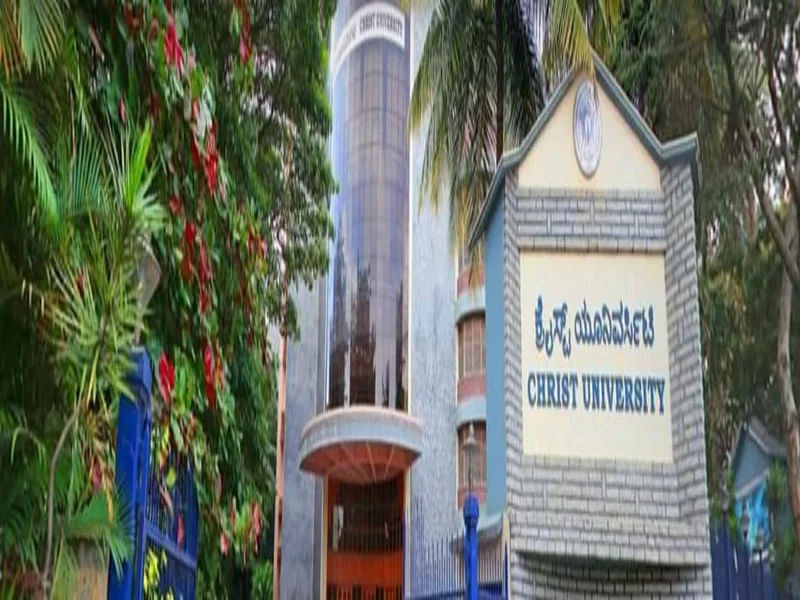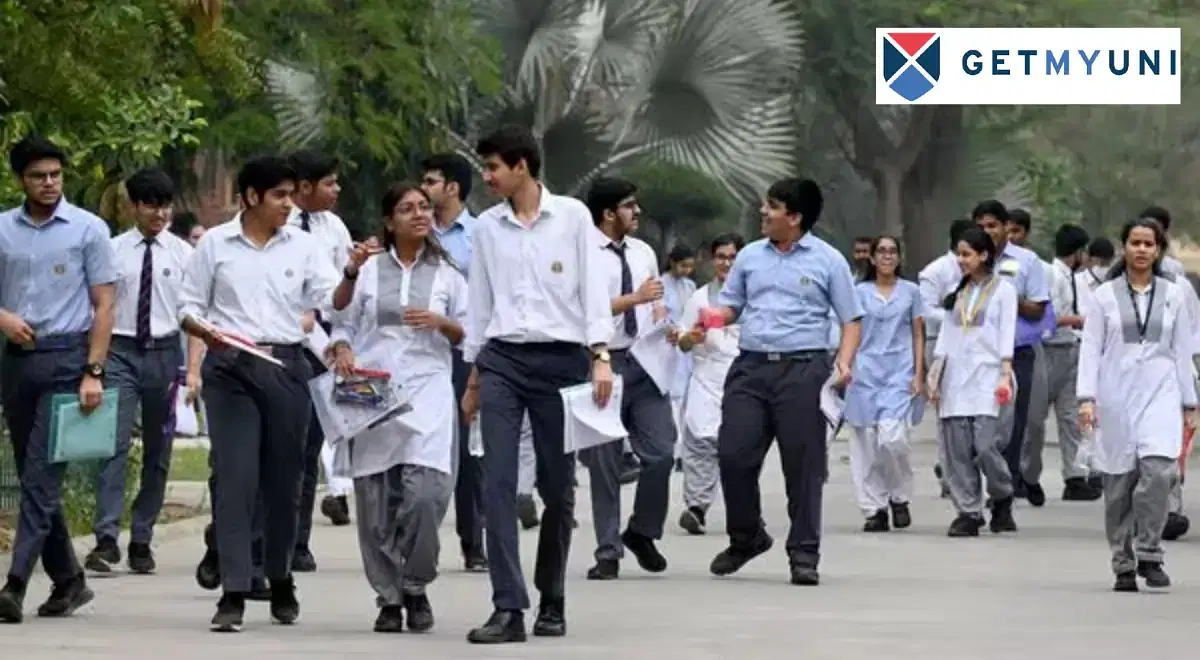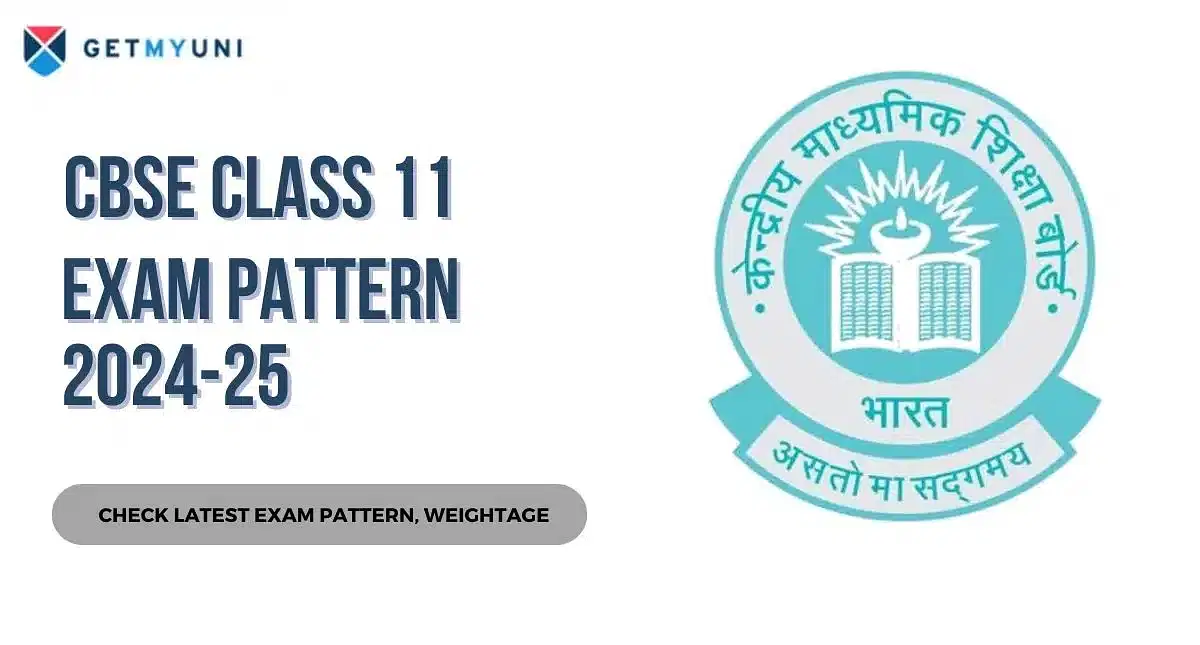CBSE Class 12 Biology Latest Syllabus 2024-25: Download Latest and Revised CBSE Class 12th Biology Syllabus PDF
Table of Contents
CBSE class 12th Biology syllabus 2024-25 comprises 5 theory units and some practical lessons. The important chapters under the syllabus include Reproduction, Genetics & Evolution, Biology & Human Welfare, Ecology and Environment. Moreover, the updated Biology syllabus is avialable on the official website.
All the chapters & topics are important to be covered before appearing for the CBSE class 12 exam. The Biology paper will be conducted for 100 marks of which 70 will be given for theory and 30 will be given for practical exams.
CBSE Class 12th Biology Syllabus 2024-25
The CBSE Biology exam contains 100 marks, divided into 70 marks for the theory exam and 30 marks for the practical exam. The CBSE class 12th Biology syllabus 2024-25 includes chapter-wise topics for the theory and practical exam. Students can download the syllabus in PDF format and check all the chapters, included in the five units as well as the list of Experiments and Spotting in the practical exam.
| Particulars | PDF Link |
| CBSE class 12th Biology Syllabus 2024-25 | Download Now |
CBSE Class 12th Biology Syllabus 2024-25 (Unit-wise)
The CBSE class 12th Biology syllabus 2024-25 has been released by CBSE in PDF format. Students can check the unit-wise list of chapters covered in the syllabus through the table below.
| Unit | Chapter |
| Unit VI: Reproduction | Chapter 2: Sexual Reproduction in Flowering Plants |
| Chapter 3: Human Reproduction | |
| Chapter 4: Reproductive Health | |
| Unit-VII: Genetics and Evolution | Chapter 5: Principles of Inheritance and Variation |
| Chapter 6: Molecular Basis of Inheritance | |
| Chapter-7: Evolution | |
| Unit-VIII Biology and Human Welfare | Chapter 8: Human Health and Diseases |
| Chapter 10: Microbes in Human Welfare | |
| Unit-IX Biotechnology and its Applications |
Chapter 11: Biotechnology - Principles and Processes |
| Chapter 12: Biotechnology and its Applications | |
| Unit-X Ecology and Environment |
Chapter 13: Organisms and Populations |
| Chapter-14: Ecosystem | |
| Chapter 15: Biodiversity and Its Conservation |
Also Check: CBSE Class 12 Syllabus 2024-25
CBSE Class 12th Biology Syllabus 2024-25 (Practical)
The CBSE class 12th Biology syllabus 2024-25 for practical comprises numerous experiments and observations:
| Topic | Description |
| Experiments | Prepare a temporary mount to observe pollen germination. |
| Study plant population density using the quadrat method. | |
| Study plant population frequency using the quadrat method. | |
| Prepare a temporary mount of onion root tips to study mitosis. | |
| Isolate DNA from available plant materials such as spinach, green pea seeds, papaya, etc. | |
| Spotting | Flowers adapted to pollination by different agencies (wind, insects, birds). |
| Pollen germination of stigma through a permanent slide or scanning electron micrograph. | |
| Identify the stages of gamete development, i.e., T.S. of testis and T.S. of ovaries through permanent slides (from grasshoppers/mice). | |
| Meiosis in onion bud cells or grasshopper testis through permanent slides. | |
| T.S. of the blastula through permanent slides (Mammalian). | |
| Mendelian inheritance uses seeds of different colours/sizes of any plant. | |
| Prepare pedigree charts of any one of the genetic traits such as rolling of tongue, blood groups, ear lobes, widow's peak and colour blindness. | |
| Controlled pollination - emasculation, tagging and bagging. | |
| Common diseases, organisms like Ascaris, Entamoeba, Plasmodium, and any fungus-causing ringworms through permanent slides, models, virtual images, or specimens. | |
| Comment on symptoms of diseases that they cause. | |
| Model specimen showing symbolic association in root modules of leguminous plants, Cuscuta on host, lichens. | |
| Flashcard models showing examples of homologous and analogous organs. |
CBSE Class 12th Biology Syllabus 2024-25 for Visually Impaired (Practical)
The CBSE class 12th Biology syllabus 2024-25 (practical) for visually impaired students comprises numerous experiments and observations:
| Topic | Description |
| Experiments/Identification | Beakers, flask, Petri plates, soil from different sites - sandy, clayey, loamy, Small potted plants, aluminium foil, paintbrush, test tubes, starch solution, iodine, ice cubes, Bunsen burner/spirit lamp/water bath, large flowers, Maize inflorescence, model of developmental stages highlighting the morula and blastula of frogs, beads/seeds of different shapes/size/texture Ascaris, Cactus/Opuntia(model). |
| Practicals | Study of flowers adapted to pollination by different agencies (wind, insects). |
| Identification of T.S of morula or blastula of frog (Model). | |
| Study of Mendelian inheritance patterns using beads/seeds of different sizes/textures. | |
| Prepare pedigree charts of genetic traits such as rolling of the tongue and colour blindness. | |
| Study emasculation, tagging, and bagging by trying out an exercise oncontrolled pollination. | |
| Identify common disease-causing organisms like Ascaris (model) and learn some common symptoms of the disease that they cause. | |
| Comment upon morphological adaptations of plants found in xerophytic conditions. |
CBSE Class 12th Biology Exam Pattern 2024-25
The CBSE class 12th Biology paper is conducted for three hours and carries 70 marks in total. Check out the detailed exam pattern given below.
| Unit | Title | Marks |
| VI | Reproduction | 16 |
| VII | Genetics and Evolution | 20 |
| VIII | Biology and Human Welfare | 12 |
| IX | Biotechnology and its Applications | 12 |
| X | Ecology and Environment | 10 |
| Total | 70 |
CBSE Class 12th Biology Practical Exam Pattern 2024-25
CBSE class 12th Biology practical exams are conducted for three hours and carry 30 marks in total. The exam pattern for the CBSE class 12th biology paper is mentioned below:
| Evaluation Scheme | Marks |
| One Major Experiment | 5 |
| One Minor Experiment | 4 |
| Slide Preparation | 5 |
| Spotting | 7 |
| Practical Record + Viva Voce | 4 |
| Investigatory Project and its Project Record + Viva Voce | 5 |
| Total | 30 |
CBSE Class 12th Biology Practical Exam Pattern 2024-25 for Visually Impaired
CBSE class 12th Biology practical exams for the visually impaired are conducted for two hours and carry 30 marks in total. The exam pattern for the CBSE class 12th biology paper is mentioned below:
| Evaluation scheme | Marks |
| Identification/Familiarity with the apparatus | 5 |
| Written test (Based on given/prescribed practicals) | 10 |
| Viva | 10 |
| Practical Records | 5 |
| Total | 30 |







![Motilal Nehru National Institute of Technology, [MNNIT] Allahabad](https://media.getmyuni.com/azure/college-image/small/motilal-nehru-national-institute-of-technology-mnnit-allahabad.webp)


































